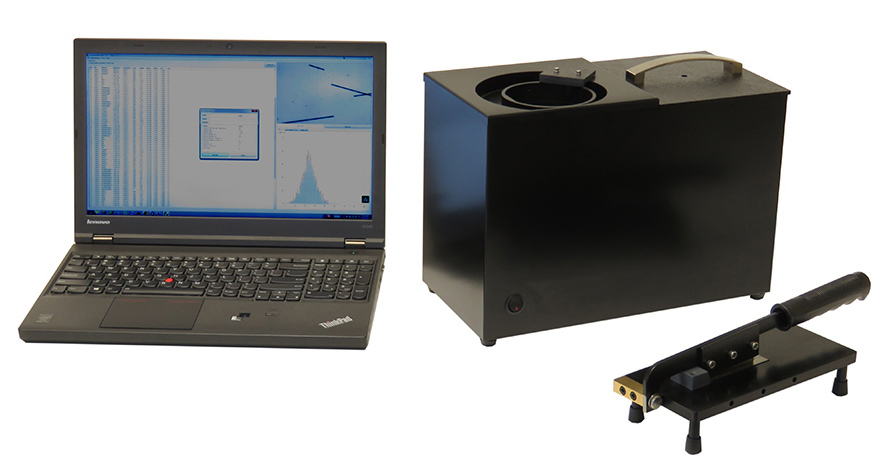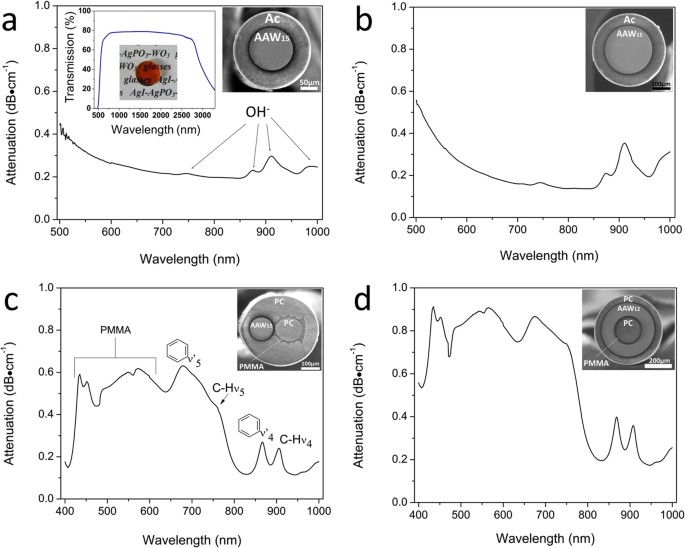How an Optical Fibre Diameter Analyser Delivers Consistent Results
Optimize Your Fiber Optic Efficiency: Understanding Optical Fibre Diameter Analyser Innovation
The performance of fiber optic systems is critically affected by the accuracy of their diameter, a factor often forgot in the pursuit of optimal signal stability. Understanding the innovation behind optical fibre diameter analysers discloses the intricate equilibrium between dimension accuracy and manufacturing quality.
Significance of Optical Fiber Size
The diameter of optical fiber plays a crucial function in establishing the performance and effectiveness of interaction systems. It influences numerous key criteria, consisting of the setting of light breeding, attenuation, and data transfer capability. Larger sizes commonly permit numerous light settings, facilitating greater information transmission prices. On the other hand, smaller sized diameters tend to support less settings, which can boost signal quality and minimize crosstalk.

In addition, recognizing the size's ramifications can bring about cost savings by decreasing the requirement for signal boosting and repeaters in comprehensive networks (optical fibre diameter analyser). To conclude, the significance of optical fibre size can not be overemphasized, as it straight impacts the general efficiency and integrity of modern-day communication systems

Exactly How Size Impacts Signal Quality
Signal top quality in optical fiber systems hinges considerably on the size of the fibre. The size affects numerous vital parameters, including attenuation, bandwidth, and modal diffusion. A smaller size can bring about higher attenuation prices, resulting in signal loss as light journeys with the fiber. This attenuation can jeopardize the stability of the transmitted data, leading to a decline in signal quality, particularly over fars away.
On the other hand, bigger diameters generally enable for boosted light capture and reduced modal dispersion, boosting signal clearness. In multimode fibers, a bigger core size can support several light modes, but it may likewise present intermodal diffusion, which can break down signal high quality. For that reason, picking the optimal fibre size is vital for accomplishing the preferred efficiency in certain applications.
Furthermore, the communication between the fiber size and the wavelength of the light utilized plays a critical role in establishing the effective transmission range and general signal stability. Because of this, comprehending just how fibre diameter affects signal high quality is important for network designers and designers striving to optimize optical fiber systems for dependable, high-speed information transmission.
Review of Size Analyser Modern Technology
In several optical fiber manufacturing processes, precise dimension of fibre diameter is essential for making certain constant efficiency and top quality (optical fibre diameter analyser). Diameter analysers are innovative instruments developed to analyze the physical measurements of optical fibres with high precision. They utilize innovative optical and laser innovations to gauge the diameter, ovality, and concentricity of the fiber, hence supplying crucial data for high quality control
These analysers can run in-line throughout the manufacturing procedure or as part of off-line testing procedures. In-line systems allow real-time tracking, allowing producers to readjust criteria quickly, thereby preserving optimal production problems. Off-line analysers, on the various other hand, provide comprehensive examinations of batches, making get more certain that any inconsistencies from defined resistances are identified and dealt with.
Size analysers dramatically add to the decrease of flaws in optical fibres, boosting total product reliability. By consistently gauging essential criteria, these modern technologies promote conformity with sector requirements and specs. As the demand for high-performance optical fibres remains to increase, the duty of size analysers comes to be significantly crucial in accomplishing the preferred high quality and performance requirements in fibre optic systems.
Trick Features of Fibre Diameter Analysers
Although numerous versions of fiber diameter analysers exist, they generally share numerous key attributes that improve their functionality and integrity. Among the most significant attributes is high-resolution dimension capacities, which make sure accurate diameter readings, vital for preserving quality assurance in fibre production. Additionally, many analysers incorporate sophisticated optical sensing units made to detect minute variants in fiber size, hence providing invaluable data for process optimization.
Another important function is real-time monitoring, enabling drivers to receive instant comments on fiber diameter throughout the manufacturing process (optical fibre diameter analyser). This ability assists in quick adjustments and minimizes the probability of problems. Many analysers additionally come outfitted with easy to use user interfaces, allowing drivers to conveniently browse via information and settings outputs
Furthermore, durable data storage and analysis functionalities are necessary for tracking historic performance fads and guaranteeing reference compliance with sector requirements. These functions collectively add to the efficacy of fibre size analysers in maximizing fiber optic performance.
Ideal Practices for Fibre Optimization

First, regular calibration of optical fiber size analysers is important. This ensures exact measurements and decreases prospective inconsistencies that might influence efficiency. Next, maintaining a clean working environment is essential; dirt and impurities can lead to signal degradation.
Furthermore, it is essential to choose fibers that meet particular application demands. This includes assessing elements such as attenuation, transmission capacity, and ecological problems. Appropriate installment their explanation techniques should also be stuck to, consisting of staying clear of sharp bends and too much stress, which can endanger fibre honesty.
Additionally, employing sophisticated monitoring systems can assist in real-time efficiency evaluations, enabling punctual recognition of issues. Routine screening and upkeep ought to be conducted to guarantee that fibres remain within ideal operational criteria.
Finally, training employees on the most recent fibre optimization technologies and methods will certainly enhance their capability to apply effective techniques. By following these finest practices, companies can significantly enhance the efficiency and lifespan of their optical fibre systems, making certain efficient interaction and data transfer.
Verdict
Finally, the integration of optical fiber diameter analyser technology is important for optimizing fiber optic efficiency. By making certain specific measurements of fiber measurements, these analysers dramatically improve signal quality and decrease losses during information transmission. Routine calibration and maintenance of the analysers are vital to maintain ideal performance and compliance with industry standards. Inevitably, the application of this modern technology helps with enhanced data transmission rates and strengthens signal honesty, adding to the general effectiveness of fiber optic systems.
Signal quality in optical fiber systems hinges significantly on the diameter of the fiber.In numerous optical fiber manufacturing processes, accurate dimension of fiber size is necessary for making sure regular performance and top quality. As the demand for high-performance optical fibres proceeds to increase, the duty of size analysers comes to be increasingly important in attaining the preferred top quality and efficiency standards in fiber optic systems.
These functions jointly add to the efficacy of fiber diameter analysers in maximizing fiber optic efficiency.
In final thought, the combination of optical fibre diameter analyser innovation is vital for optimizing fibre optic efficiency.